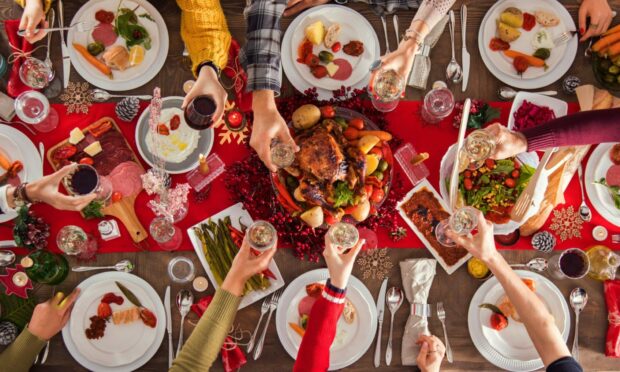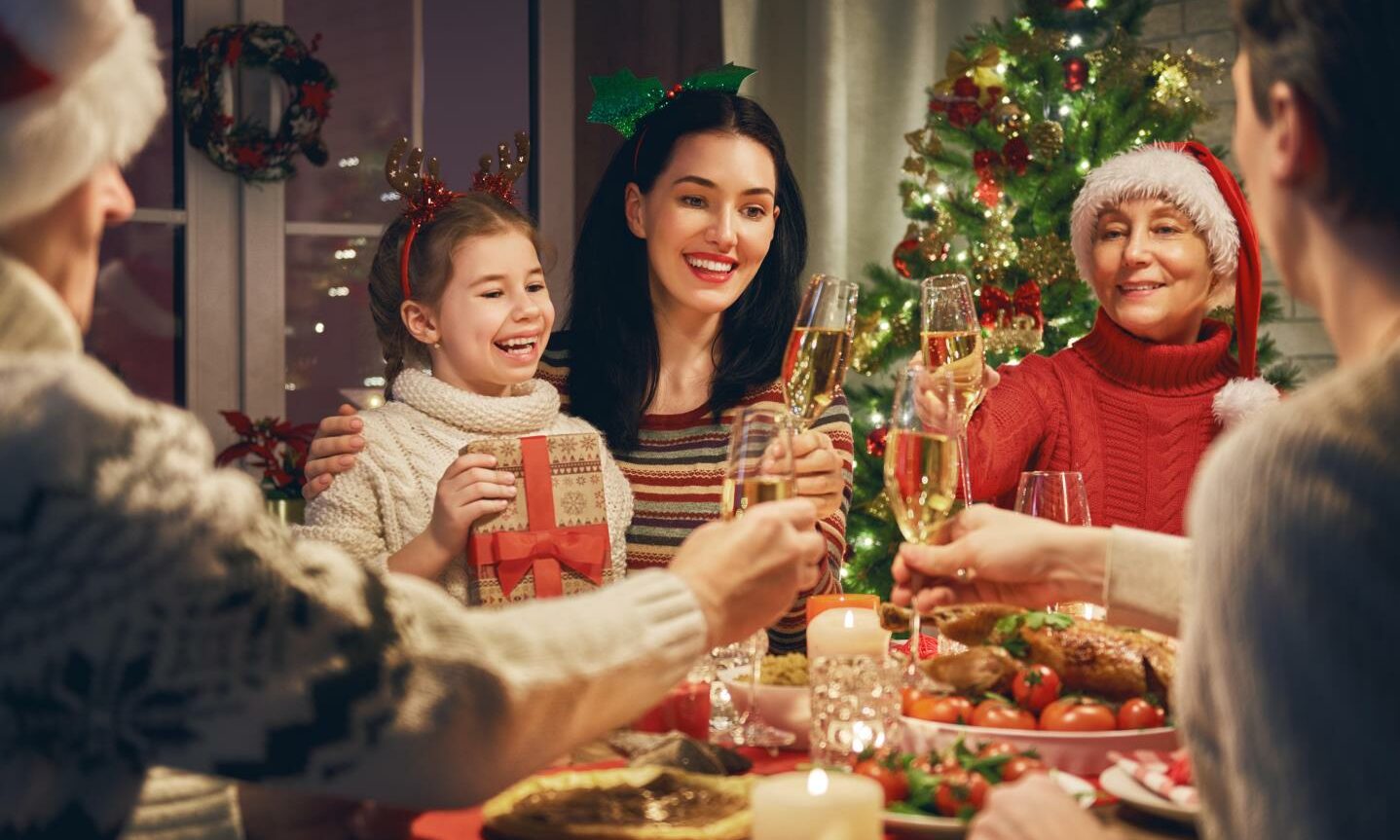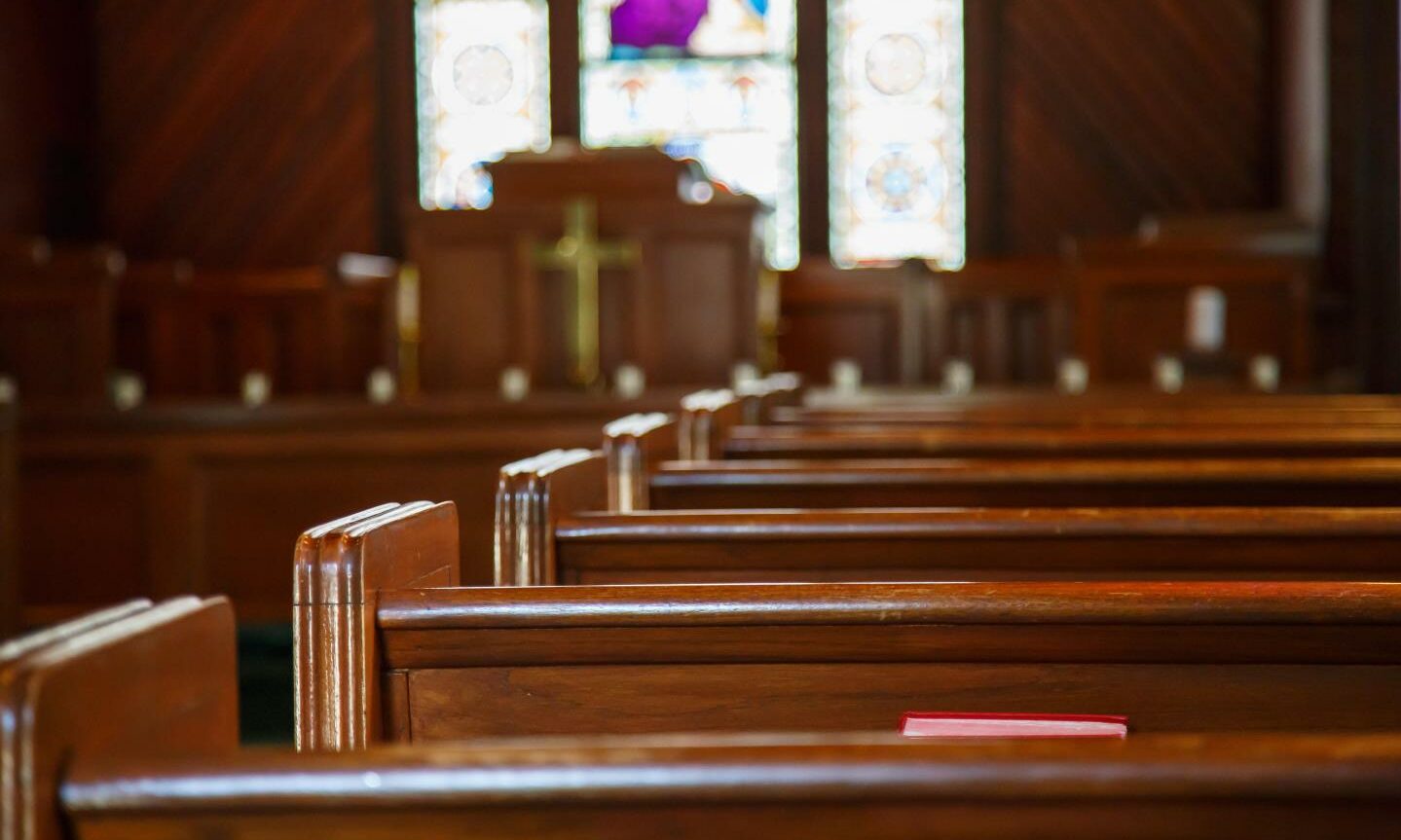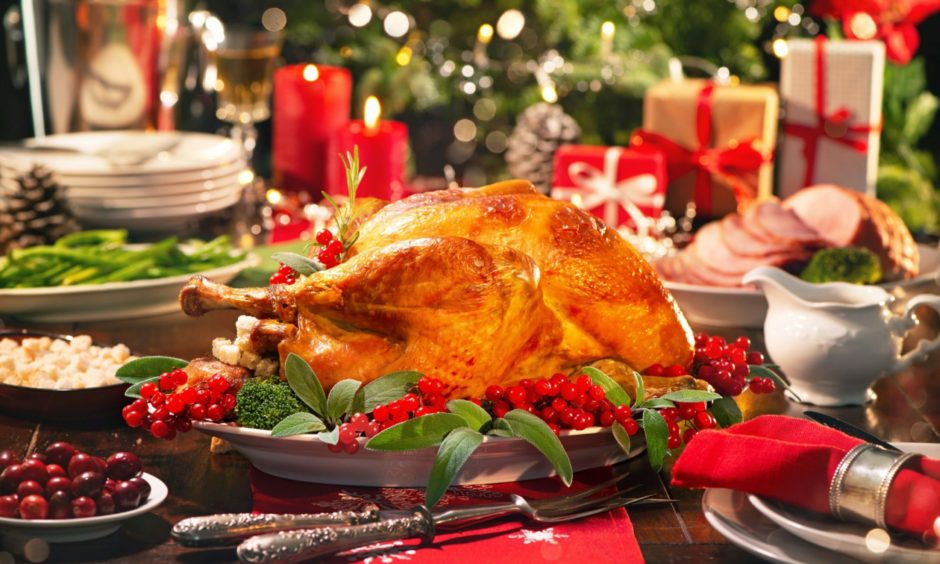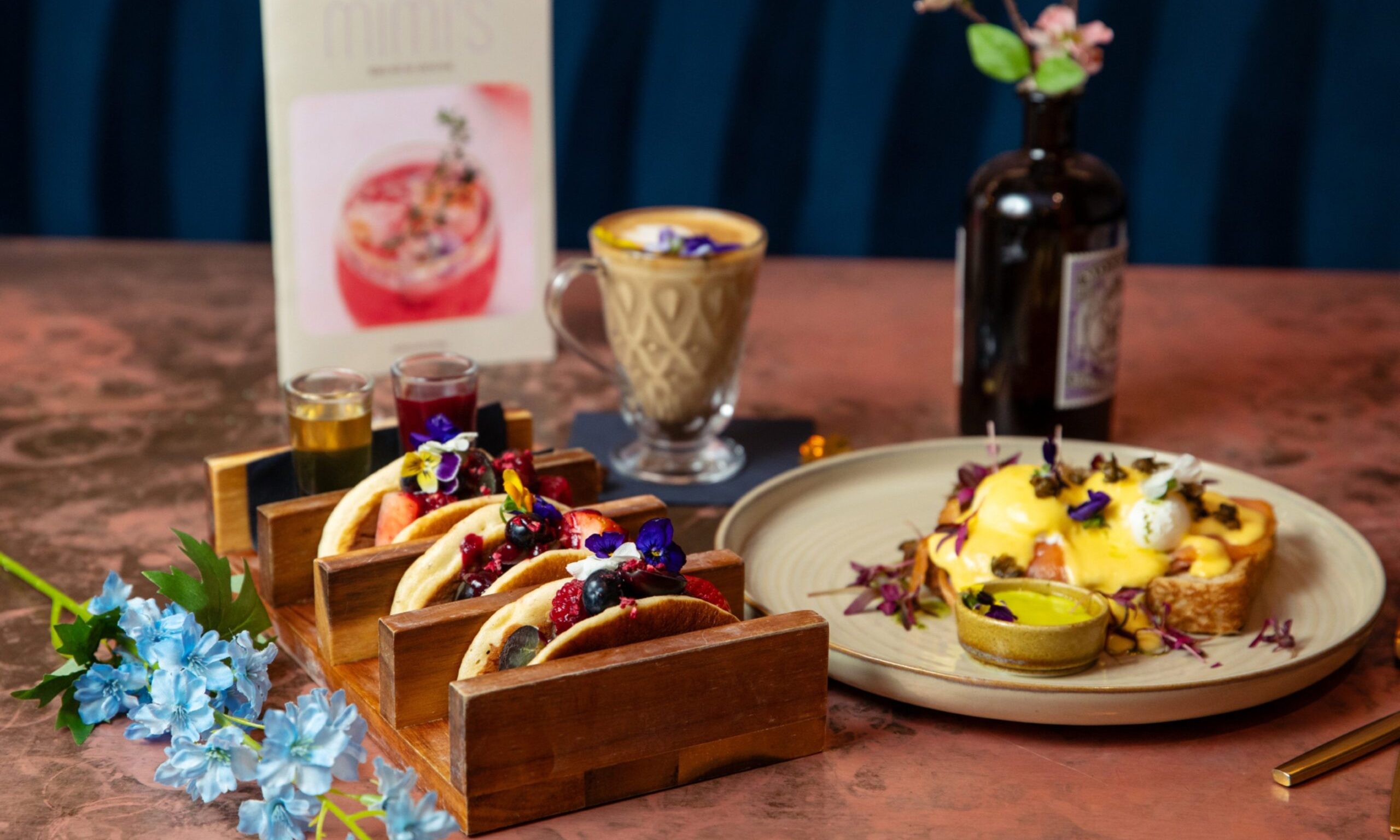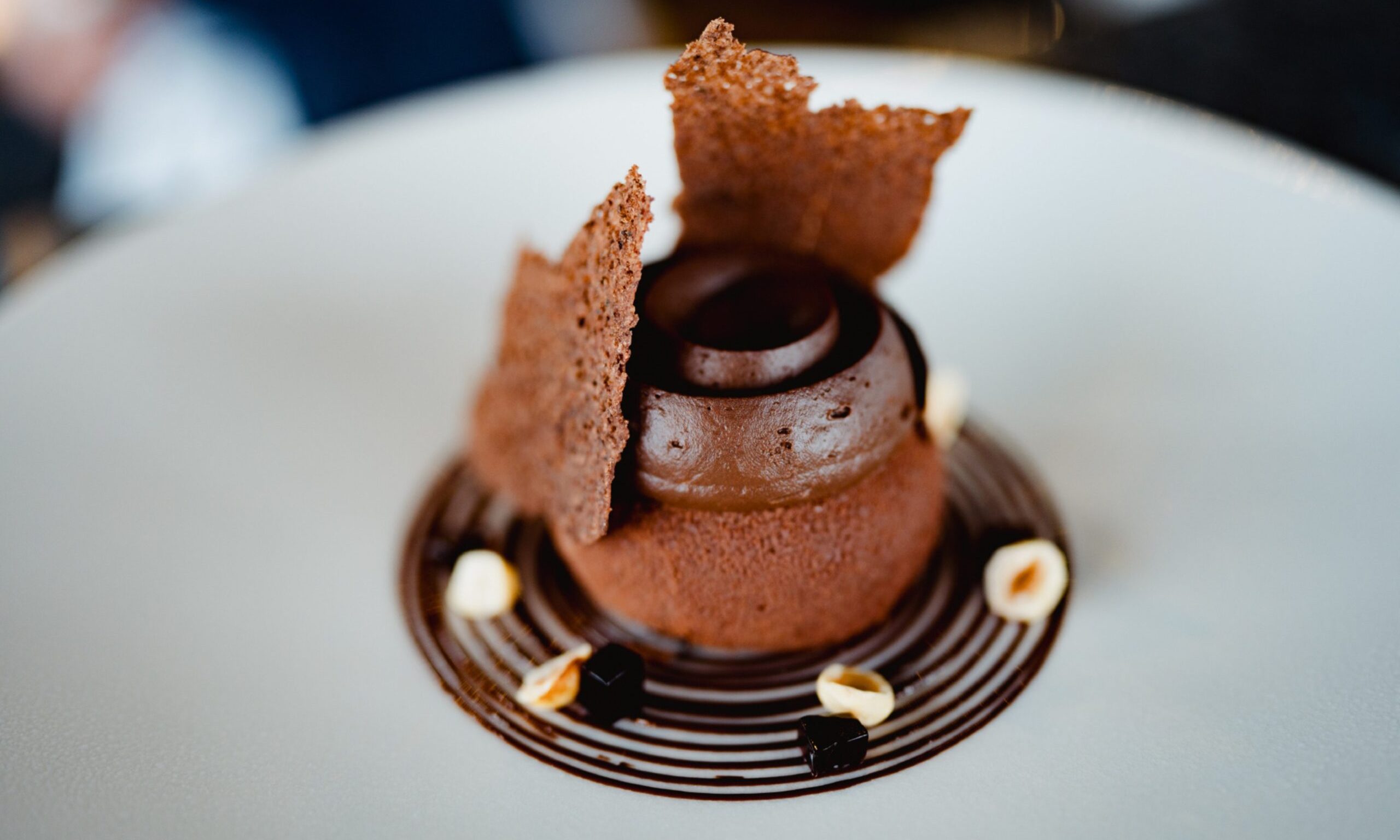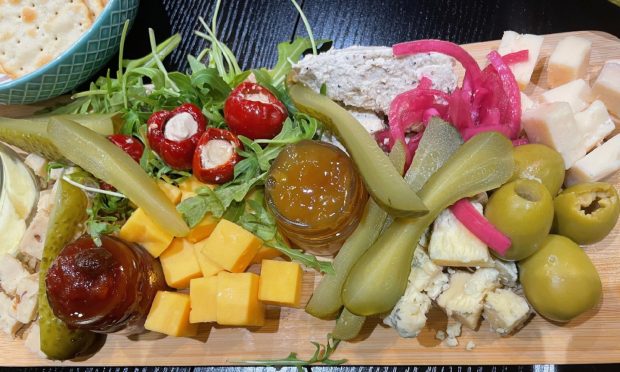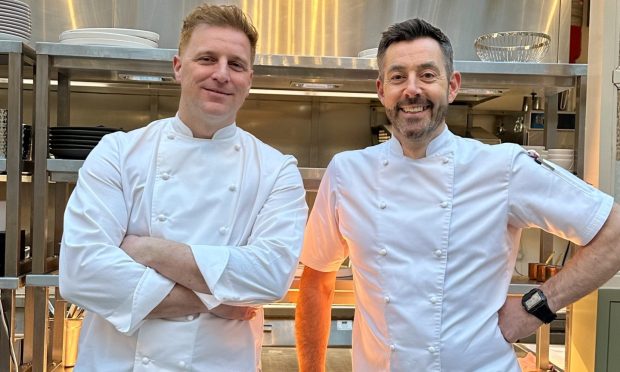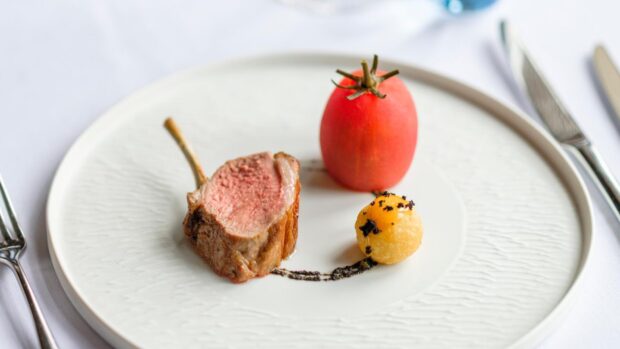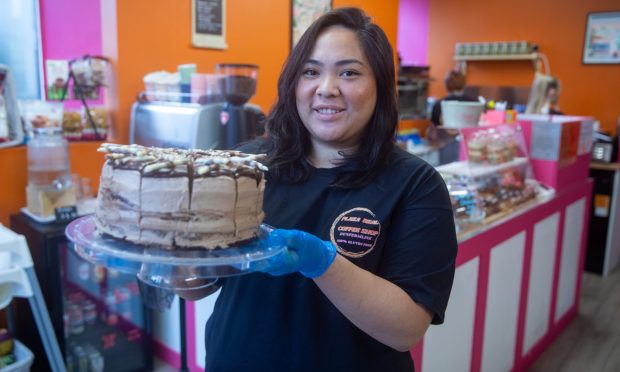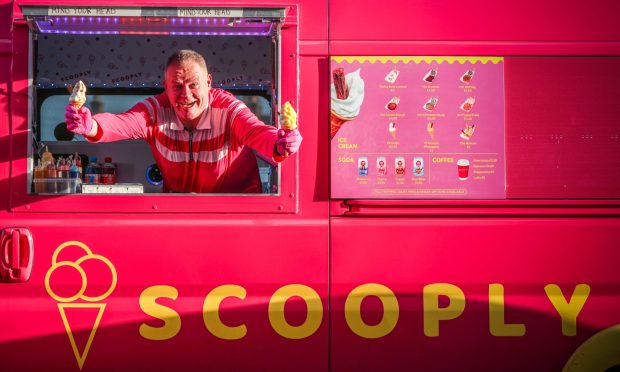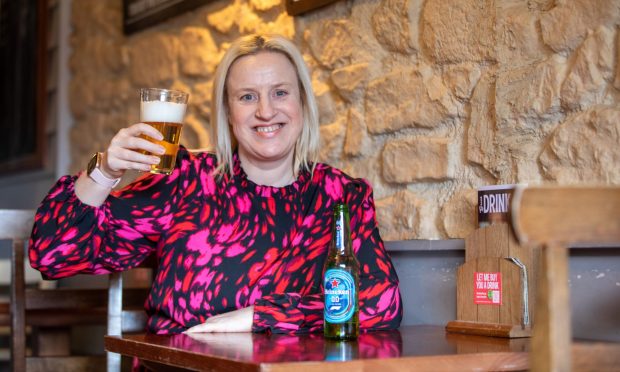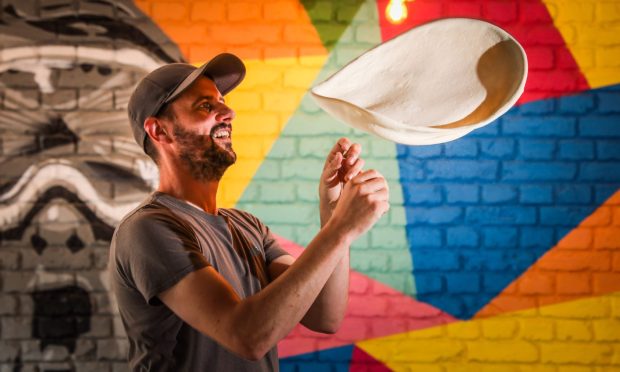From being illegal to being one of the biggest celebrations of the year now, Christmas Day has a varied history and certainly is more than just a meal.
While the Christmas we know is primarily filled with joy and cheer, the day hasn’t always been celebrated in this manner with many unaware of its history.
In its time the day has gone from being a hardly celebrated event to one of the most important days of the year.
The Church of Scotland banned Christmas
During the 16th century when the Protestant Reformation was occurring, John Knox led a trend – started by Martin Luther in 1517 – in which there was an official split from the Catholic Church in 1560.
Traditions such as Christmas were viewed by the Protestant Church of Scotland as going against the teachings of the Bible, and were seen as being too extravagant.
As a result the church suspended the celebrations, against the desires of the Scottish people.
This caused resistance from the people and resulted in Parliament making celebrating Christmas illegal in 1640.
It was a crime to celebrate, bake Yule bread or even have a holiday on Christmas Day with the passing of two acts of Parliament in 1640 and 1690.
As a result the people in Scotland had to wait until Hogmanay (December 31) to celebrate.
Due to the apparent injustice, this was repealed in the 18th Century, and the Scottish Parliament revoked the ban in 1712.
Hogmanay celebrated more than Christmas
Despite this the Church still frowned upon the celebrations of Christmas and this time was known as the dark years.
Individuals and families who celebrated during his time did so quietly and this continued for more than 300 years.
Finally in the middle for the 20th century, families became bold enough to have small Christmas get togethers and started to decorate their houses.
It was not until 1958 that December 25 became a national holiday, and in 1974 that Boxing Day was also a holiday.
As a result, Hogmanay for many in Scotland is a more celebrated occasion than others and for more than 400 years, was given more importance and planning.
Christmas is more than just a meal
With the official ability to celebrate as a family starting only 63 years ago when in 1958 it became a Scottish public holiday, many people use Christmas as an opportunity to make traditional food, puddings and bring the whole family together to eat, drink and celebrate.
As Christmas has become more commercialised, many have argued that the essence of what is important has been lost in the rush to buy presents and create a fancy feast.
For many, Christmas is no longer a religious celebration, and so the acts of charity and helping the poor, family and spending time with loved ones and celebrating love, happiness and joy have been forgotten.
As a result of the on-going coronavirus pandemic, this year Christmas will also be quite different, with many people self-isolating to keep friends and family safe. Last year saw many more restrictions come into play on Boxing Day, with lighter restrictions in place this year throughout the festive break.
The adversity of the past two years may, in time, show a change in behaviour towards the extravagance during the holiday season, and perhaps make us think about what we can do to help others this year.
Taking care of yourself in the present
Due to the over commercialised world we live in, many of us will have been subjected to a range of Christmas adverts, emails and more, further feeling pressure to make the day perfect.
However with the long lasting effects that the pandemic has had and restrictions continuing to put pressure on the hospitality industry, some have fallen on hard times and will be unable to financially afford Christmas this year, or enjoy a Christmas meal with family and friends.
It is important that we, as a community, try to act more responsibly this Christmas, with regards to how much we buy and what to do with leftover Christmas food.
How to be more responsible at Christmas:
- Firstly try to plan and prepare as much as possible in order to avoid over buying food and drink. Creating a shopping list and only buying what you need will definitely help reduce waste.
- Cooking up the leftovers from Christmas can also help reduce food waste significantly and teach young ones about the importance of being mindful about food wastage.
- Donate food. In addition there are a range of ways to donate any food which is unused to the community fridges in local areas – with tinned cans and non-perishables preferred. Many people may be relying on those donations with the holidays approaching.
